How to insulate a bath outside and inside?
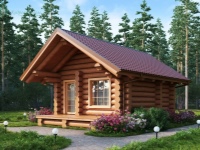
The construction of the bath consists of different stages, and one of the most important is the installation of thermal insulation. For this, there are several options for materials, each of them has its own characteristics and advantages. Insulation is required to reduce the time between heating up. We offer you detailed information about how to insulate with different materials, as well as recommendations on how to insulate doors and windows in the sauna room. If you follow the instructions step by step, you can cope with such work yourself, besides it is not expensive and does not require much time.
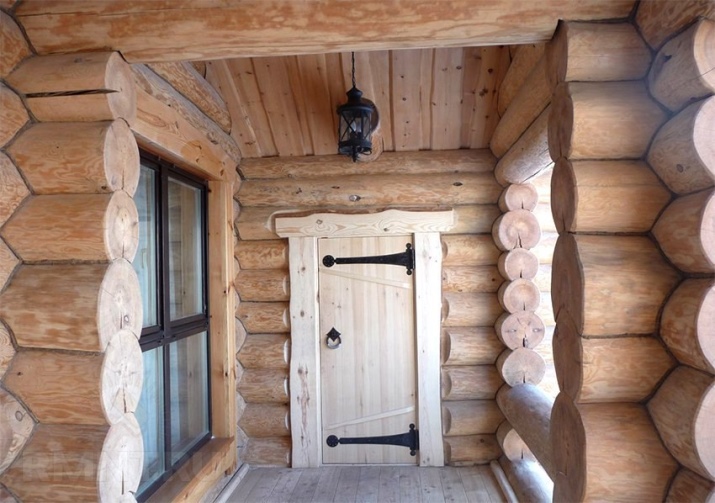
Materials for insulation
If you have long dreamed of your own bath, which can be melted at any time, and you already have the room for this, you need to take care of the preservation of heat, so to begin with it is important to choose the appropriate material. There are several varieties of insulation, which differ in characteristics, their features and advantages, and you should choose them based on the type of building. It is important to take into account where the installation is carried out - outside or inside the room.
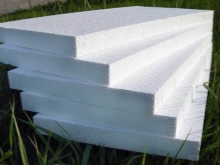
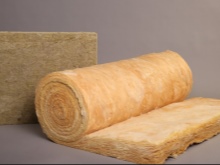
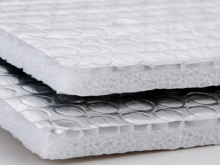
Sawdust
This material is one of the most accessible, because it is a waste product, and if you have enough wood, which is used for kindling or manufacturing products, you do not have to spend. Sawdust has good thermal insulation, so they are often used to insulate walls, it is enough to fill them and cover with a vapor barrier, as well as use waterproofing.
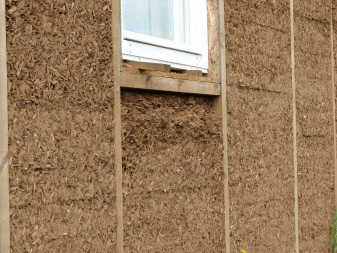
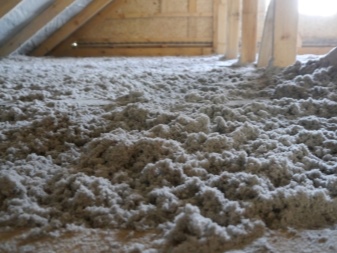
Clay
The next option is also suitable for those who want to save money and are looking for a profitable solution. Clay has been used as an insulator for many centuries, this material has several advantages. First of all, it is easy to work with and apply, so everyone will be able to cope with the task without help. It is a cheap material, unlike synthetic ones, and with additional skills it can be extracted on its own from a natural source.
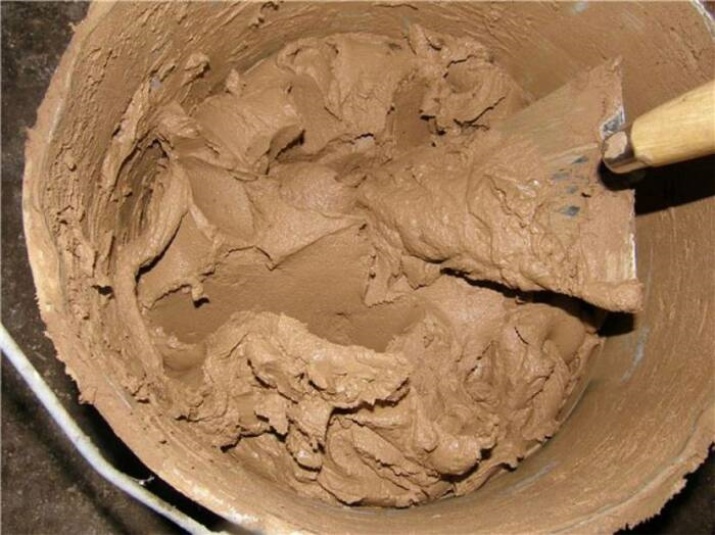
With clay you will achieve quality insulation, it has low thermal conductivity, so it is suitable for the arrangement of the steam room. This raw material is not attractive to insects or rodents, along with this, it is environmentally friendly and not harmful to health.
Of course, with such material will have to work for a long time. Experts recommend choosing red clay, which has good plasticity and hygroscopicity. White clay also has good performance data. Professionals mix this ingredient with straw and sawdust to improve the properties.
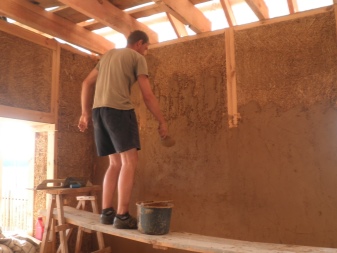
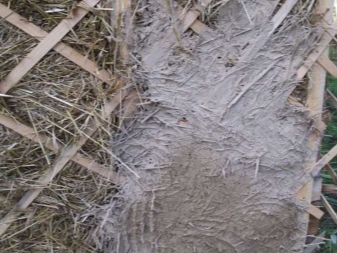
Mineral wool
Insulation with absorbent cotton is in great demand in the arrangement of not only baths, but also residential premises. This material has been popular for decades. It is a reliable and high-quality insulator, which in many ways is superior to other options. Minwool is available in slabs and rolls, the latter are more convenient to use on a horizontal surface. The material can be used to insulate walls with a thick layer. It should be noted that mineral wool is not the best moisture resistance, when working with it is important to use protective equipment. At the same time, the main advantage is that it can be used to hide irregularities, cover ledges and so on.
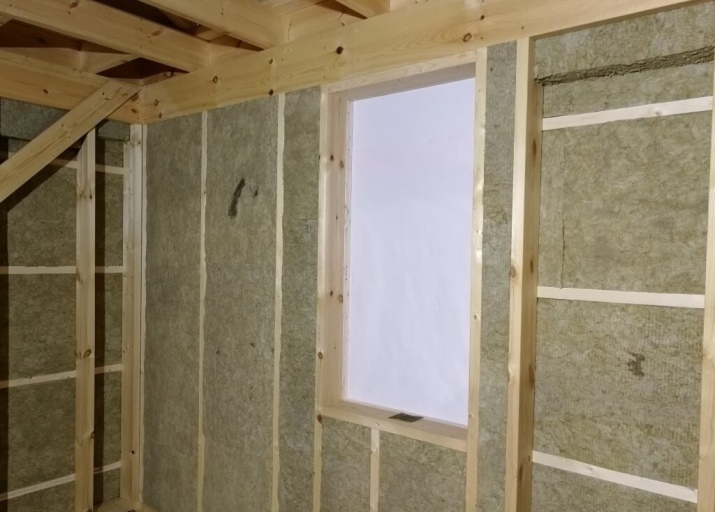
Ekovata
It is a cellulose material, which consists of crumbled waste paper and glue that does not emit toxins and is not harmful to health or the environment. Ecowool is actively used in the form of moisture and noise insulation of walls, ceilings. Many choose it because of the resistance to moisture, the material is not afraid of fungus and mold due to the presence of boric acid in the composition. You can buy the product in a pressed form, briquettes should be fluffed, after which ecowool increases in size up to three times. This material does not ignite, which is a great advantage for insulating the bath.
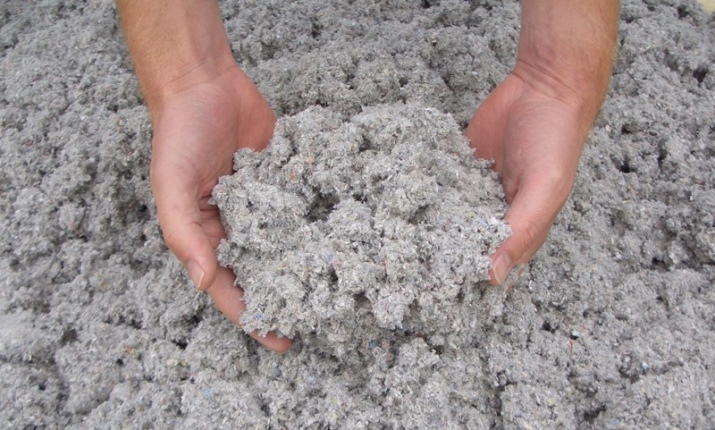
Ecowool is highly bio-resistant, it does not attract insects or rodents. The material can give up moisture without losing its thermal insulation properties. If you insulate a room with this product, it will "breathe", at the same time wool fills all the voids and seams. Ecowool has excellent adhesion, so it is easy to work with it.
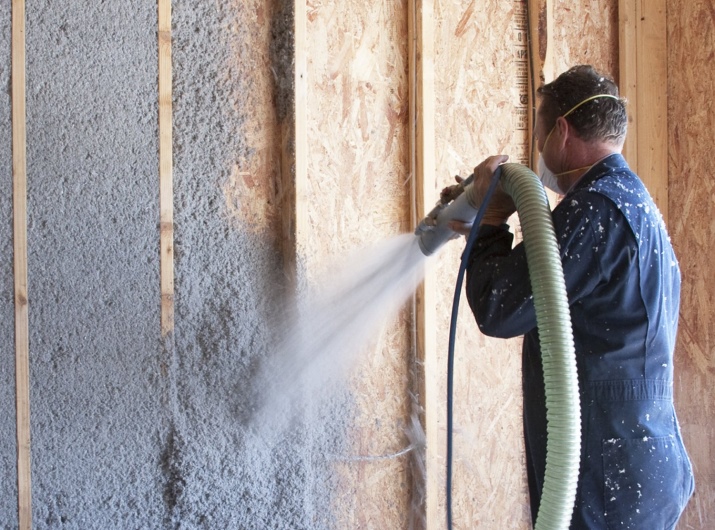
Styrofoam
Styrofoam, as you know, is a popular insulation material, which weighs a little, and costs cheap.
It has excellent resistance to moisture, but it can only be used outside, as due to the high temperature the sheets will deform and can catch fire.
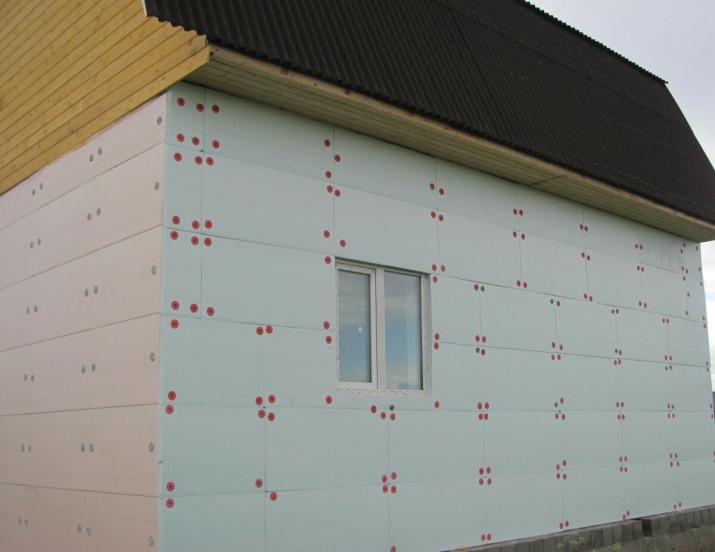
Claydite
Claydite has terrific thermal insulation, so they can be used to insulate the ceiling and floor in the bath. The material is presented in the form of balls, which have undergone a firing procedure.
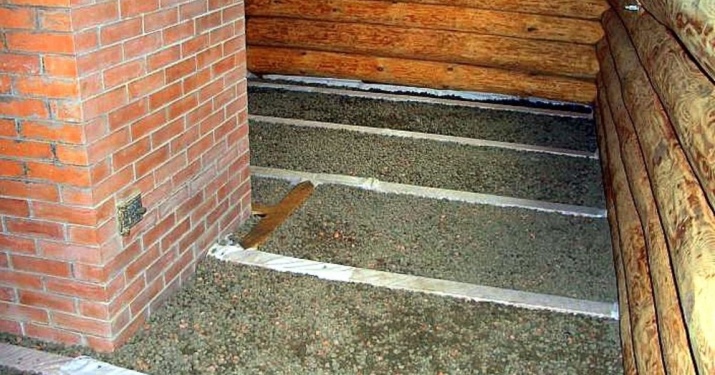
Vermiculite
This is a neutral, safe material for insulation, which is available in plates of different thicknesses. On the market vermiculite can be found in the form of powder and even thick paste. The plates can be cut, so it is convenient and easy to work with such insulation. The substance has high strength and density, it is not able to penetrate moisture, what resembles a foil material.
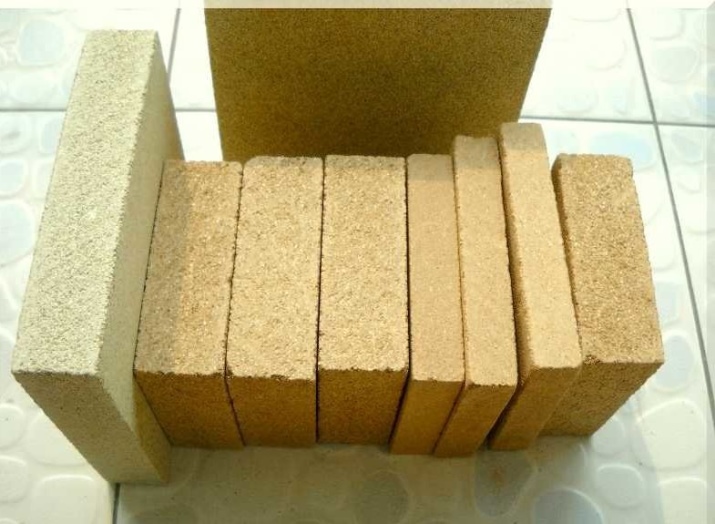
What and how can you insulate the walls from the outside?
If your sauna is made of foam block, insulation is carried out by the method of ventilated facade, you will need to provide an air gap. The best option for this will be foam plastic, mineral wool or jute felt - at your discretion. The main criterion when choosing insulation is the price, since the cost of each of them is different. It is worth noting that the external work is left for the finishing stage, and it is carried out in regions where the climate is cold enough and additional insulation is necessary to create protection.
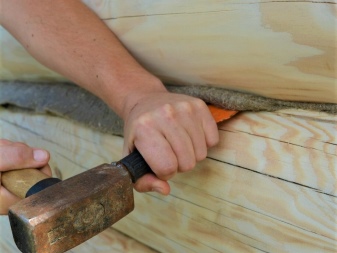
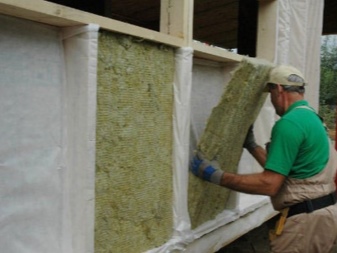
A specific material is suitable for each type of sauna, so it is important to choose one that matches the characteristics and needs. If we are talking about a building made of expanded clay concrete block, you should opt for glass wool, plastic foam or mineral wool. It is important to check the stability of the walls, correctly calculate the area of the facade to know the load that will appear from the thermal insulation and cladding. If the sauna walls are about 70 cm, powerful insulation will be unnecessary, since expanded clay concrete is a heat-saving material. Use mineral wool or fiberglass, the latter is environmentally friendly and safe for health, suitable for both internal and external works. The procedure can be carried out as follows: the wall should be cleaned and dried, then covered with plaster, and then use insulation.
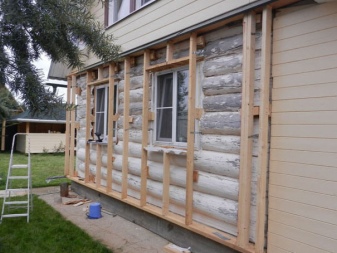
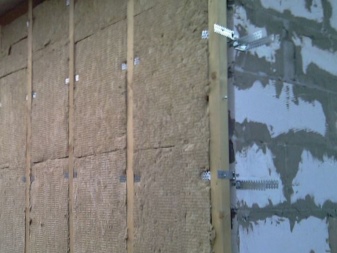
If you decide to do it with mineral wool, the wall is also cleaned and a frame is constructed, where the material is mounted. It is important to cover the surface with a vapor barrier.
To use foam as insulation, you will need to use reinforced mesh to cover the insulation layer.
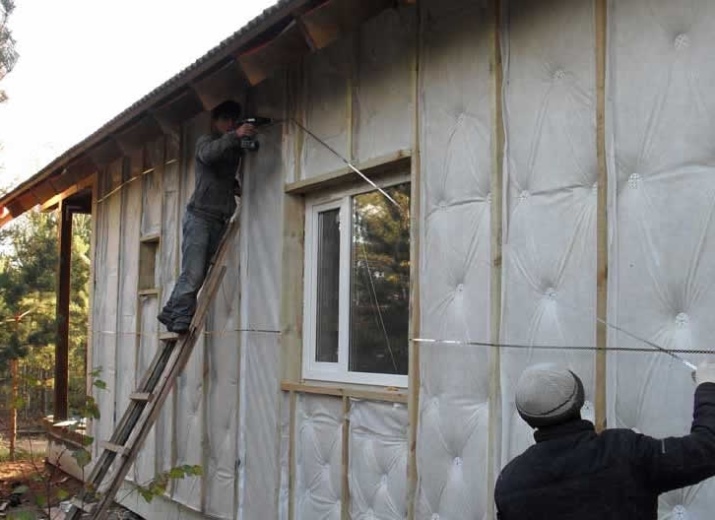
Wooden
A structure made of beams and wood has gaps that need to be eliminated. To do this, you will need jute insulation, which is laid among the wreaths. It should be taken into account that The timber material dries out, and this leads to new cracks, so the work will have to be done regularly. Once all the shortcomings are eliminated, the construction should stand for about 6 months under the roof, during this time it is not recommended to use the bath. As you can see, this is a long and time-consuming process, but if you decide to build from a bar, you can not go any other way.
Jute perfectly copes with the preservation of heat, in addition, it does not ignite, and to increase the strength linen fibers are added, which strengthen the structure. This insulation is hammered into cracks and crevices with a hammer and a special spatula, you need to be careful. For exterior work, it is better to use sealant.
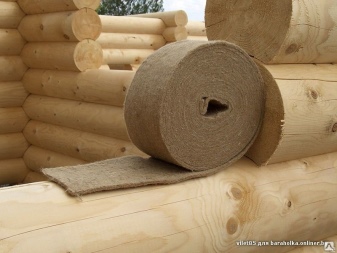
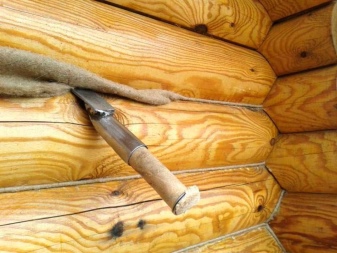
It should be noted that the log cabin shrinks for two years, so the finishing can be carried out at the end of this period. It is recommended to cover the bath with polyethylene. On the walls, a crate is mounted, where the cladding material is attached.
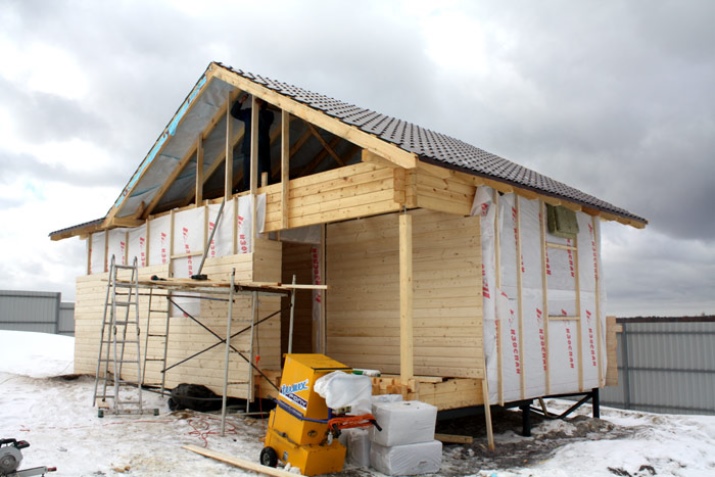
Frame
To protect a frame bath from the cold, it is necessary to choose the right material on the insulating characteristics. One of the main rules is to use products that do not emit toxins that negatively affect the environment and human health. Thus, you can pay attention to slabs of mineral wool, the fibers of which are able to pass air, which is necessary for thermal insulation. Thanks to the production technology, mineral wool is able to withstand high temperatures without changing its performance characteristics. The boards cope with increased moisture, retain their integrity and last long enough.
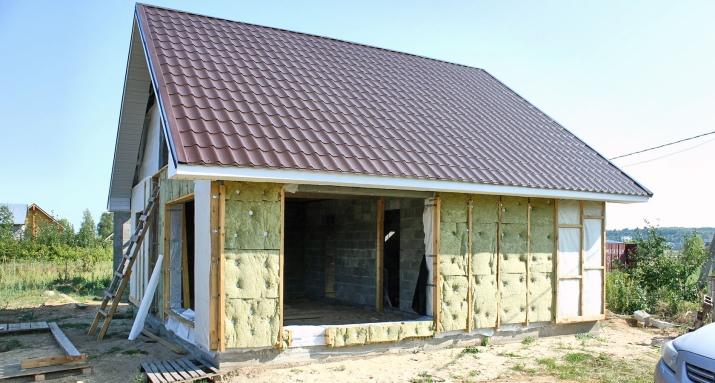
Another eco-friendly thermal insulator is a reed board with a thickness of 15 cm, which is very convenient for working with a frame structure. If you are looking for another option, consider a sawdust-gypsum mixture, which is easy to prepare yourself. You will need fine sawdust and gypsum in proportions of 10: 1.
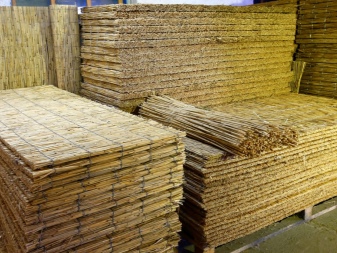
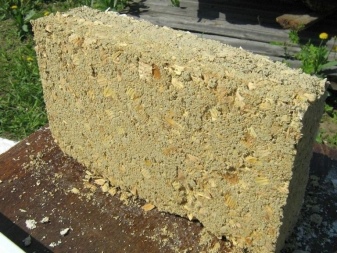
Polyurethane foam, as well as foam plastic, has been used to insulate not only baths, but also residential premises for many years, so it has managed to prove its effectiveness and practicality. In addition, the material is offered at an affordable price, it is not affected by moisture, and it is suitable for outdoor insulation, where there is no high temperature, which deforms the synthetic product. Styrofoam can be finished with a pre-bathroom and rest room.
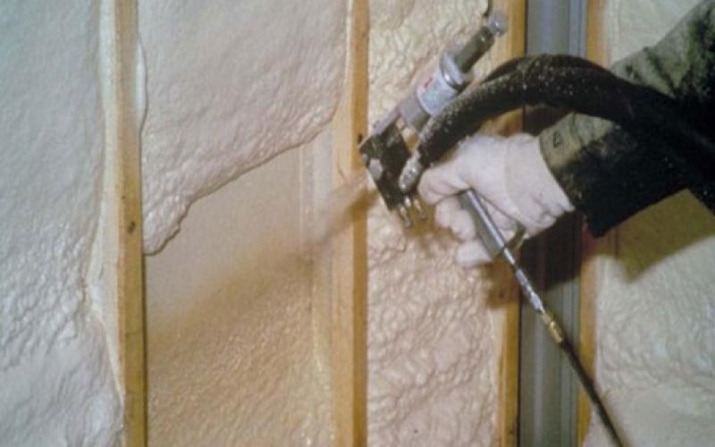
Brick
Brick is often used as the main building material, and if your sauna is built from it or from stone, you will need a high degree of thermal insulation, as such a room is not so easy to heat. For this purpose, mineral wool is chosen, which is used exclusively during exterior work. Foam and foam glass have a long service life, so it all depends on personal preferences. The same materials will be suitable for a stone bath.
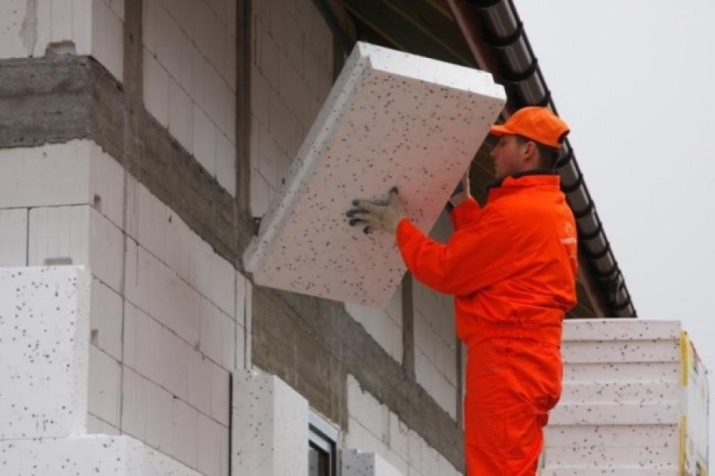
Technology of insulation of walls and ceiling inside
If you decide to do this work yourself, you will need a scheme and step-by-step instructions, which you can follow to achieve a positive result. Experts recommend laying insulation at least 100 mm. If we are talking about a sauna from a bar, the procedure is carried out when the walls are thinner than 20 cm.
The steps of the work are as follows:
- First, you must install the crate, using pre-dried wooden bars, it is important to treat them with antiseptic;
- between the bars in the gaps laid glass fabric;
- to install insulation on the walls, the appropriate material is used in the form of boards, and then it is important to use a vapor barrier;
- Completes the procedure finishes.
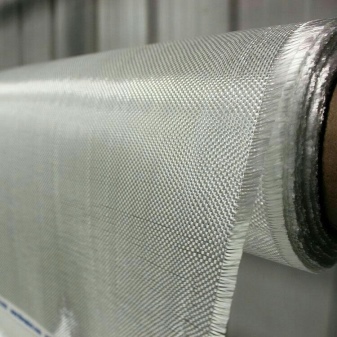
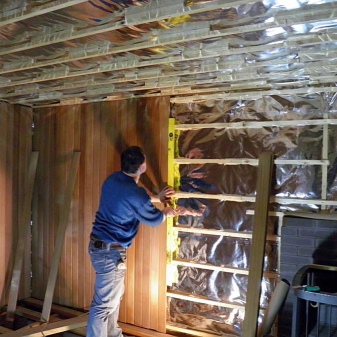
Sometimes natural cladding is used in baths, which is very advantageous and practical.
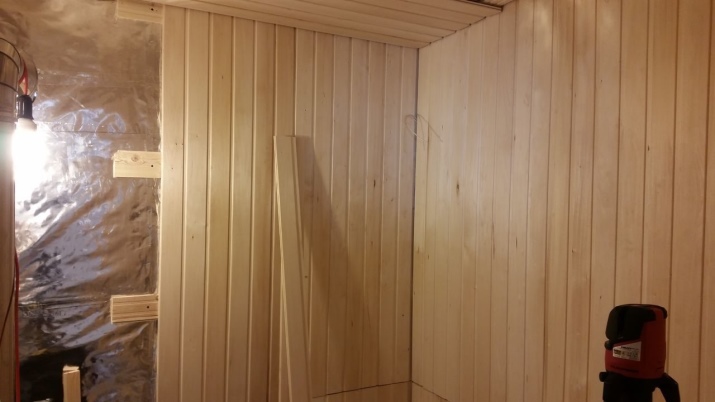
As for the ceiling of the sauna, the procedure is similar to that carried out with the walls. The only difference is the work with the washing compartment and the anteroom, where you should not use foil vapor barrier, it is better to choose polyethylene or Kraft paper.
This layer is separated from the final cladding with a gap of about 2 cm, which will accelerate drying after use of the bath. On the ceiling finish is a special load because of the rise of warm and moist air, so the gap is required to prevent rotting of wood, if the structure is made of timber - so it will last longer.
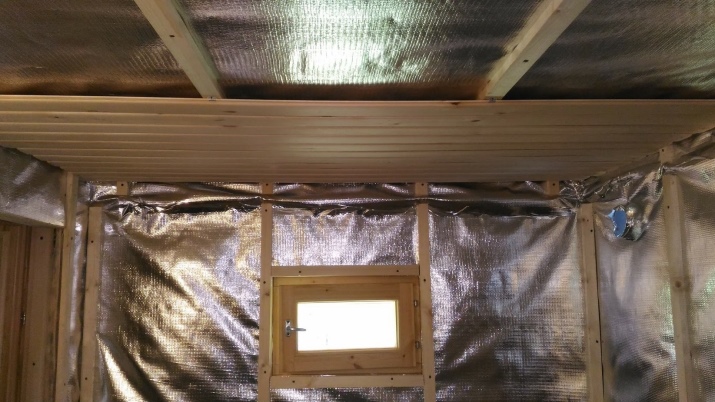
Insulate the floor
Experienced builders know that heat loss mainly occurs through the flooring, so you need to work carefully with this part of the sauna. With the onset of cold weather, this nuisance becomes more noticeable, so it is important not only to choose the right material, but also to follow the rules of installation. Since in saunas the floor is always made of wood to preserve heat, the insulation procedure consists of these steps:
- it is necessary to lay a drainage pipe, it is better that it is arranged in the center of the room;
- on top of the earthen base is laid a roofing felt, which should go to the walls at 15-20 cm;
- A thick layer of expanded clay is poured, while it is necessary to leave 20 cm of space for ventilation;
- the next step is to install the floor joists, for the arrangement of the floor joists are laid with skull planks;
- a vapor barrier film is installed, which serves to protect the flooring;
- between the beams is mounted insulating material, which must again be covered with the film;
- joists are installed under the flooring, a frame is constructed, and between the lintels, mineral wool is inserted with the foil upwards;
- At the finishing stage, a wooden planking is laid.
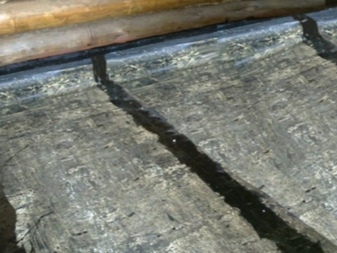
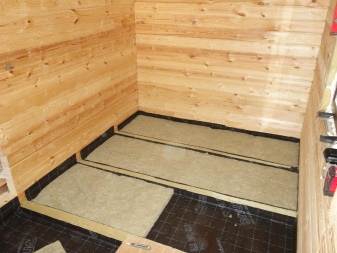
Installing Thermal Insulation for Windows and Doors
Through the window and door structures, the cold penetrates most easily, so it is important to equip them with the installation of a thermal circuit. Such work can be done without help, if you prepare all the materials and follow the scheme. Along the doorway, it is necessary to nail thin slats of wood, so that they receded from the edges by one and a half centimeters.
Inside it is necessary to install the organolite filler, which is better to fix with metal brackets. Then use two layers of insulation made of foil-coated insulation or felt. The last step is the use of counter-battens and cladding with battens.
In order not to lose heat through the window gaps under the window sill, non-combustible material is installed all around the perimeter. Make sure that the glasses are installed tightly in the frame to avoid misting. It is important to cut the panes with millimeter accuracy so that they are well secured. Double or even triple glazing is recommended.
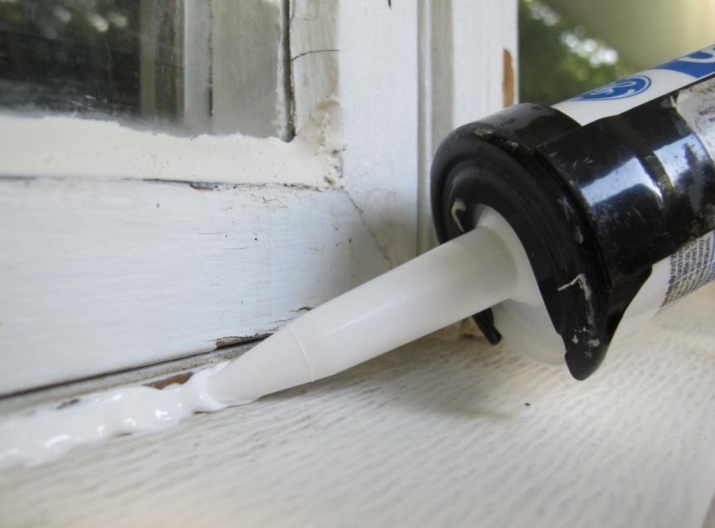
For sealing and sealing, use a caulk, which is enough to be applied over the top before installing the structure. When it dries, the excess can be cut off with a simple knife. All places where there are nails are also covered with putty. In baths made of brick and stone, instead of windows, glass blocks are often installed, so you will need to make a vent to ensure the flow of air.
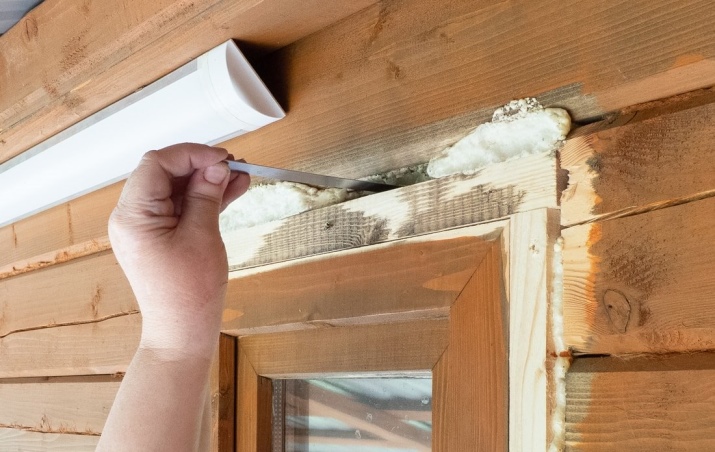
Now you have learned about the types of insulation materials that can be used in saunas made of brick, bar or stone, each of them has its own characteristics. Thanks to the above recommendations, you can insulate the sauna with your own hands without any special skills, the main thing - to follow the instructions, and then you can enjoy water procedures and not worry about the loss of heat.
On how to insulate the bath with your own hands, see the following video.




